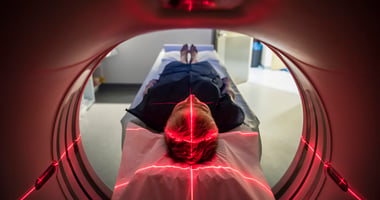Brain inflammation appears to be significantly higher in people with obsessive-compulsive disorder...
New Technique Brings CLARITY to Brain Research
 |
Ordinarily, brain tissue must be sliced into very thin layers for study. But that can distort the cells and their connections. The new method—Clear Lipid-exchanged Anatomically Rigid Imaging/immunostaining-compatible Tissue Hydrogel (CLARITY)—retains support for brain cells and their interconnections, down to the molecular level. More importantly, CLARITY permits the scientists to label antibodies and repeatedly stain and de-stain tissues without disturbing them.
“Using mouse brains, we show intact-tissue imaging of long-range projections, local circuit wiring, cellular relationships, subcellular structures, protein complexes, nucleic acids and neurotransmitters,” wrote Deisseroth, Kwanghun Chung, Ph.D., and colleagues in Nature online April 10. New tools such as this one open new avenues for scientific discovery, said Thomas Insel, M.D., director of the National Institute of Mental Health, which helped fund Deisseroth’s research. “I predict this new tool will revolutionize neuropathology, opening a new era for studying the neural basis of mental disorders,” said Insel in his weekly blog post.
To read more about Deisseroth’s brain research, including his studies of optogenetics, click here.
(image: Kwanghun Chung, Ph.D., and Karl Deisseroth, M.D., Ph.D., Stanford University)





